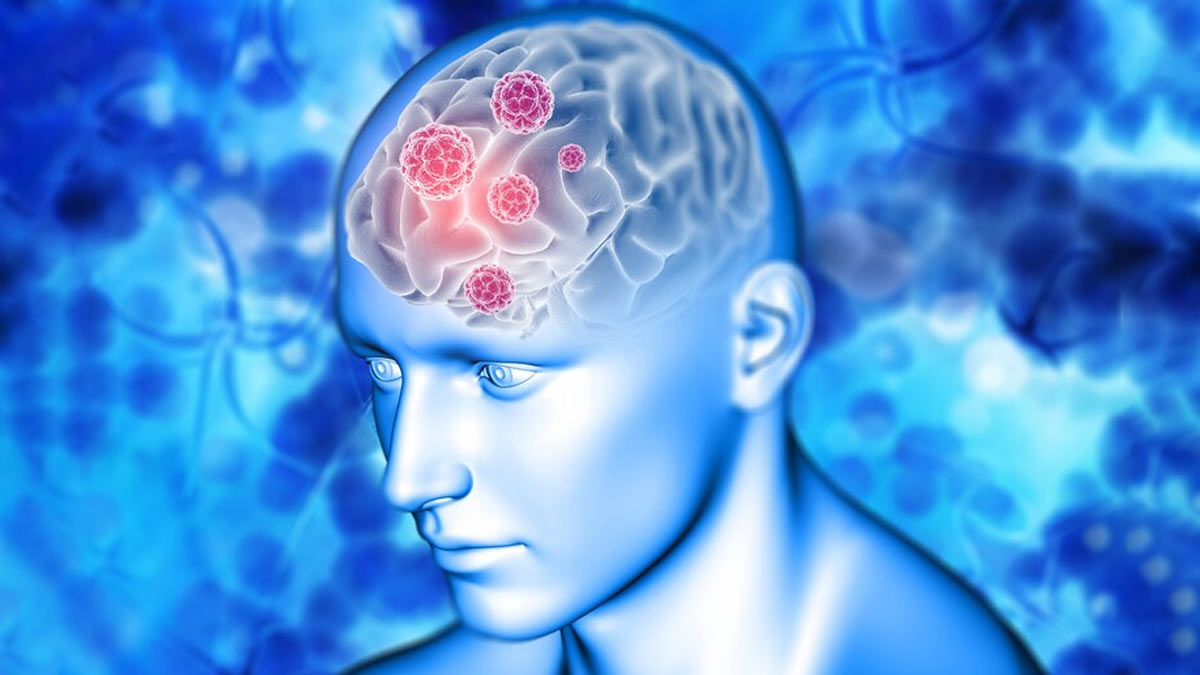
Bleeding within the brain tissue or between the brain and the skull, known as Intracranial Haemorrhage (ICH), can lead to brain damage and pose a life-threatening situation. It can be caused by trauma, high blood pressure, vascular malformations, or blood-thinning medications. We spoke to our expert Dr Sharad Rajamani, Consultant - Neurosurgery, Manipal Hospital, Whitefield, who explained ICH, its symptoms, and the treatment measures.
Table of Content:-

ICH is a condition where bleeding occurs within the brain or its cavities. The brain, housed and protected by the skull, is covered by three layers known as the dura mater. In ICH, the bleeding can be seen in different layers. The blood clots can form within the brain tissue itself, within the cavities of the brain (ventricles), or around the brain Subdural Space (SDH) and Subarachnoid Space (SAH). It can occur in various regions of the brain, including the cerebrum, cerebellum, and brainstem.
According to HHS Public Access, the global occurrence rate of spontaneous ICH is 24.6 cases per 10 lakh person-years, resulting in an estimated annual range of 40,000-67,000 cases in the United States.
Causes Of ICH

Dr Rajamani said, "ICH can occur primarily due to weakness of the blood vessels/ abnormalities in the blood vessels or due to very high blood pressure. The latter is more common."
He added, “ICH is more commonly seen in the middle-aged and elderly with metabolic diseases like diabetes and hypertension. This is because these diseases tend to cause the blood vessels to harden, and become brittle which may in turn lead to blood clots in the brain. The other causes of bleeding in the brain are aneurysms of the brain (balloon-like dilatation of the blood vessels) or arteriovenous malformations (arteries and veins are directly connected up without the capillaries). “
Also Read: All About Brain Tumours: Treatment, Survival And Quality Of Life Post Treatment
Symptoms of ICH
- Severe or sudden onset headaches
- Drowsiness
- Disorientation or even loss of consciousness
Dr Rajamani highlighted that It is important to seek medical attention when such symptoms are noted.
Treatment For ICH

The best investigation of choice is a CT scan of the brain and then if needed a CT angiogram. Dr Rajamani highlighted, “Depending on the size of the blood clot, the location, and the consciousness of the patient, the surgery and the outcomes are determined.”
He added, “Clots are removed from the subdural space with a simple small opening in the skull, or in cases of aneurysmal SAH, surgery and clipping vs. coiling are recommended. For clots in the brain and the brain cavities, clot removal is possible via a major surgery or an endoscopic procedure.”
Also Read: Understanding Management And Treatment Of Traumatic Brain Injuries, Expert Explains
Survival Rate With ICH
Dr Rajamani said that the outcome of the patient depends on the consciousness level, the weakness, the other diseases, and the location of the bleeding. As per the study, around 50% of these deaths happen within the first 24 hours, highlighting the vital significance of prompt and efficient care in the Emergency Department (ED).
[Disclaimer: This article contains information provided by a registered healthcare professional and is for informational purposes only. Hence, we advise you to reach medical help immediately if you notice any symptoms.]
Also watch this video
How we keep this article up to date:
We work with experts and keep a close eye on the latest in health and wellness. Whenever there is a new research or helpful information, we update our articles with accurate and useful advice.
Current Version